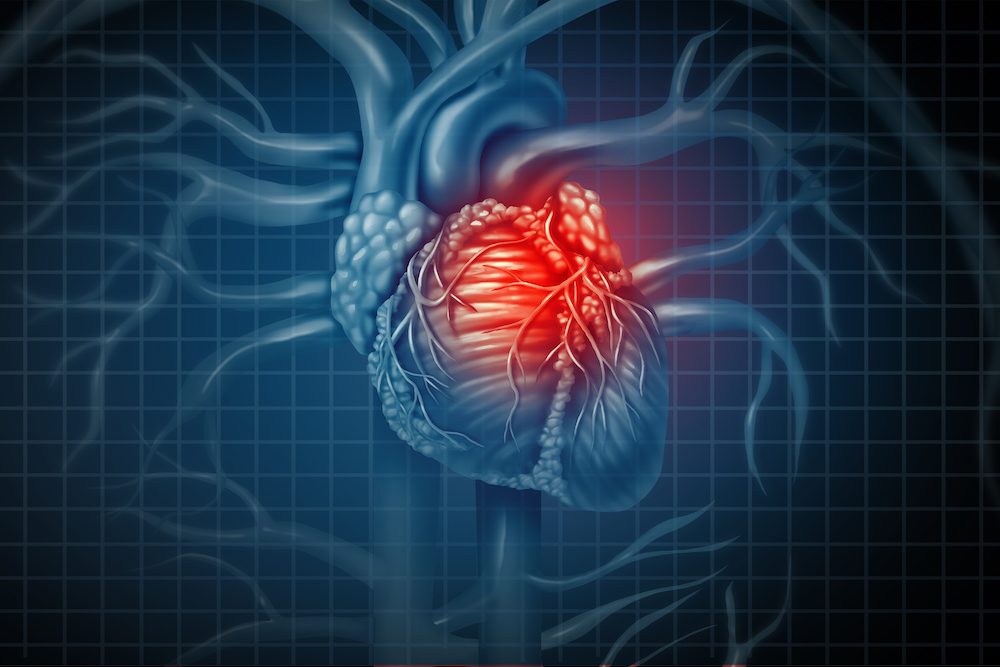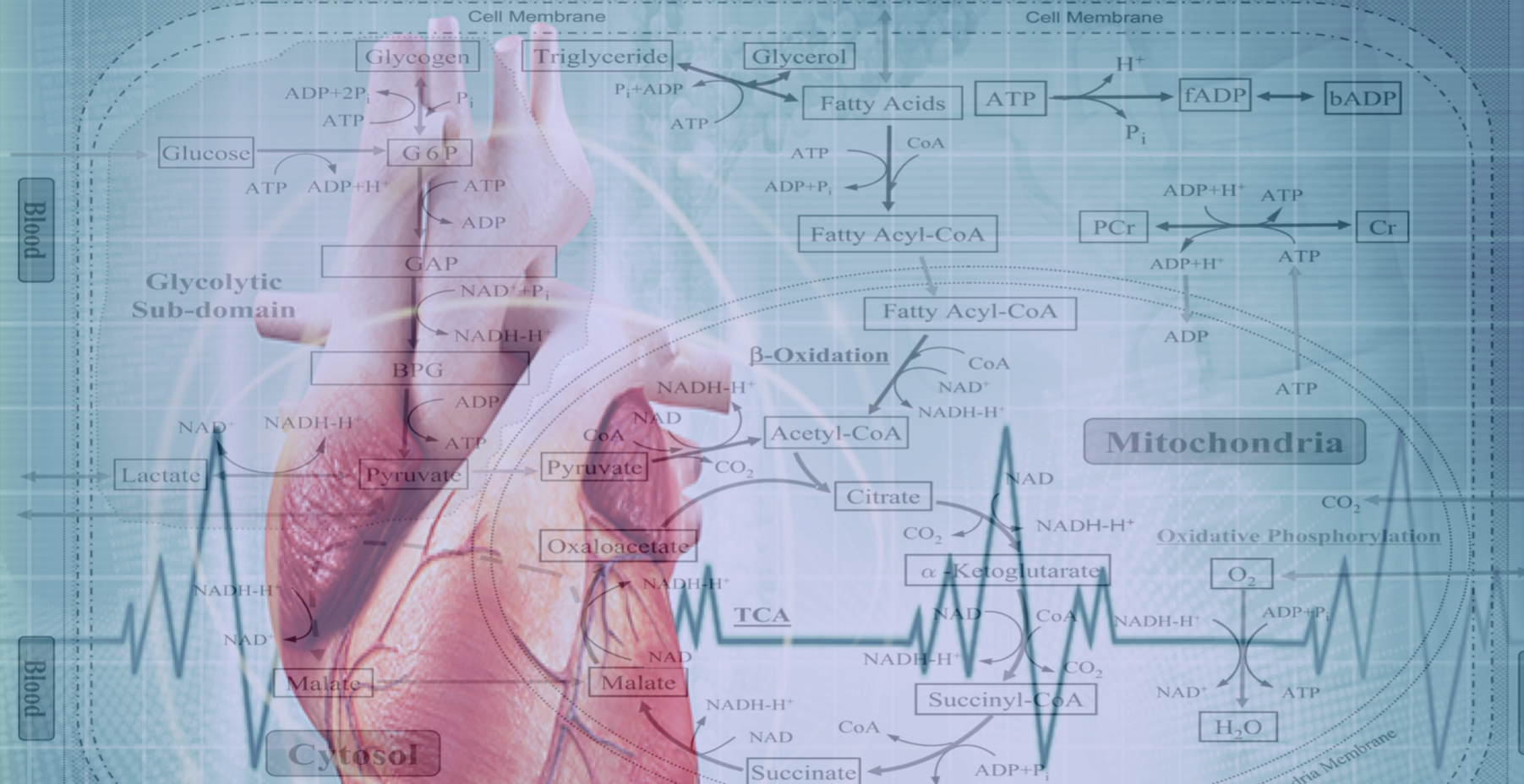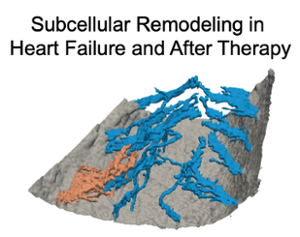2022 Heart Disease And Statistics You Need to Know

Heart Disease Research Conducted at Nora Eccles Harrison Cardiovascular Research and Training Institute (CVRTI)
Arrhythmias, congestive heart failure, high blood pressure, cardiac arrest are all different types of heart diseases. Some of these can be controlled or prevented through diet, exercise, or medications, but some are sudden and unexpected. Some people are born with heart disease, and some develop heart disease through lifestyle choices. While there are many types and causes of heart disease, it is important to be aware of the symptoms. Heart disease can be a lethal disease, but with treatment, it can be managed. Below are 6 shocking heart disease statistics.
Heart Disease Is The Leading Cause Of Death In The United States
Among men and women from different ethnic and racial groups, heart disease is unfortunately seen among all of them. Data collected from 1999 through 2018 shows heart disease has been the leading cause of death of adults in the United States. To prevent heart disease, it is important to be educated on the signs and symptoms of heart disease and perform routine tests with your doctor.
Every 30 seconds someone in the United States passes away from heart disease
Heart disease can be deadly, especially when diagnosed late. The earlier the diagnosis, the more opportunities to stop or reverse the damage. Emergency rooms and medical professions see patients daily who have various heart disease conditions; some arrive with late stages or untreated heart disease. The best prevention for heart disease is to monitor heart health, control diet, and exercise. Your physician can work with you to develop a comprehensive care plan for heart health.
25% of all deaths in the United States are linked to heart disease
To prevent heart disease and heart disease-related deaths, it is important to notice the symptoms. Symptoms of heart disease include fluttering heart, chest pains, shortness of breath, swelling in lower extremities, upper body discomfort.
Roughly $400 billion is spent on heart disease annually in the United States.
Individually, patients with heart disease and their families can feel the financial burden from heart disease. As heart disease conditions progress, some patients have to take time off of work in addition to the cost of treatment and medications. In the United States, it is estimated to be roughly $400 billion spent annually on heart disease through health services, medications, and loss of wages.
The most common type of heart disease is coronary heart disease
Coronary heart disease is when the arteries struggle to deliver oxygen-rich blood to the heart. Annually in the United States, roughly 400,000 people die from coronary heart disease. Some patients of coronary heart disease experience no symptoms.
20% of all heart attacks in the United States are silent
Most patients who experience a heart attack will feel the damage and can receive treatment. However, 20% of heart attack patients will not exhibit any symptoms and have no idea about the damage occurring to their heart. Patients can survive a silent heart attack, and it can be diagnosed after it occurs using imaging technology.
Heart disease is a very dangerous and deadly disease. Everyone’s health can benefit from practicing healthy heart habits. Patients with diabetes, excessive weight, unhealthy diets, and sedentary lifestyles are especially at risk.
Cardiovascular Research & Training Institute
At the Nora Eccles Harrison Cardiovascular Research and Training Institute (CVRTI), we have a broad array of research teams studying multiple aspects of heart disease. Not only do we perform cutting edge basic research, we also can take our discoveries from the bench to more translational pre-clinical studies, to clinical research in humans.
We have researchers exploring metabolism in the heart focusing on the linkage between mitochondria and failing hearts and arrhythmia. Other researchers are investigating heart muscle cells during disease progression and how the function of ion channels and signaling proteins differ in normal and failing hearts.
The ultimate goal of heart disease research at the CVRTI is to provide interventional therapies by utilizing translational medicine to create a true ‘bench to bedside’ approach at reducing the impact of heart failure. Researchers are examining the dangerous effects of cardiac arrhythmia and possible therapeutic interventions to minimize or reverse the progression of heart disease. Other researchers focus on treatment options associated with ion channels ‘becoming lost’ in the diseased heart while on their way to their proper locations within the heart.

 The Drakos Laboratory, headed by Stavros Drakos, MD, PhD, focuses on understanding the metabolic and molecular profile of the failing and recovered heart and utilizes biological information derived from studies in humans, small, and large animal HF models to understand, predict and manipulate myocardial recovery. Original work generated by the Drakos research team in the laboratory and in the clinical arena led to the founding and establishment of the award winning multidisciplinary Utah Cardiac Recovery Program (UCAR). Link to lab summary page on CVRTI
The Drakos Laboratory, headed by Stavros Drakos, MD, PhD, focuses on understanding the metabolic and molecular profile of the failing and recovered heart and utilizes biological information derived from studies in humans, small, and large animal HF models to understand, predict and manipulate myocardial recovery. Original work generated by the Drakos research team in the laboratory and in the clinical arena led to the founding and establishment of the award winning multidisciplinary Utah Cardiac Recovery Program (UCAR). Link to lab summary page on CVRTI  The Sachse Laboratory, headed by Frank Sachse, PhD, provides insights into structural and functional remodeling in diseased hearts and mechanisms of cardiac recovery after clinical therapy. They also develop optical approaches to support pediatric heart surgery and interventional cardiology.
The Sachse Laboratory, headed by Frank Sachse, PhD, provides insights into structural and functional remodeling in diseased hearts and mechanisms of cardiac recovery after clinical therapy. They also develop optical approaches to support pediatric heart surgery and interventional cardiology. The Shaw Laboratory, headed by Robin Shaw, MD, PhD, is focused on understanding the cell biology of heart arrhythmias and heart failure progression. Link to lab summary page on CVRTI The Shaw Laboratory, headed by Robin Shaw, MD, PhD, is focused on understanding the cell biology of heart arrhythmias and heart failure progression. Link to lab summary page on CVRTI
The Shaw Laboratory, headed by Robin Shaw, MD, PhD, is focused on understanding the cell biology of heart arrhythmias and heart failure progression. Link to lab summary page on CVRTI The Shaw Laboratory, headed by Robin Shaw, MD, PhD, is focused on understanding the cell biology of heart arrhythmias and heart failure progression. Link to lab summary page on CVRTI  The Ranjan Laboratory, headed by Ravi Ranjan, MD, PhD, focuses on developing a better understanding of arrhythmia mechanisms and optimizing the ablation procedure. The lab is using a combination of high density electrical mapping and imaging in an animal model combined with computational modeling to develop a better understanding of arrhythmia mechanisms. To optimize the ablation procedure, the team uses MRI to quantify tissue changes including reversible edema over time for different energy sources and ablation parameters to develop the optimal ablation technique. Link to lab summary page on CVRTI
The Ranjan Laboratory, headed by Ravi Ranjan, MD, PhD, focuses on developing a better understanding of arrhythmia mechanisms and optimizing the ablation procedure. The lab is using a combination of high density electrical mapping and imaging in an animal model combined with computational modeling to develop a better understanding of arrhythmia mechanisms. To optimize the ablation procedure, the team uses MRI to quantify tissue changes including reversible edema over time for different energy sources and ablation parameters to develop the optimal ablation technique. Link to lab summary page on CVRTI 
